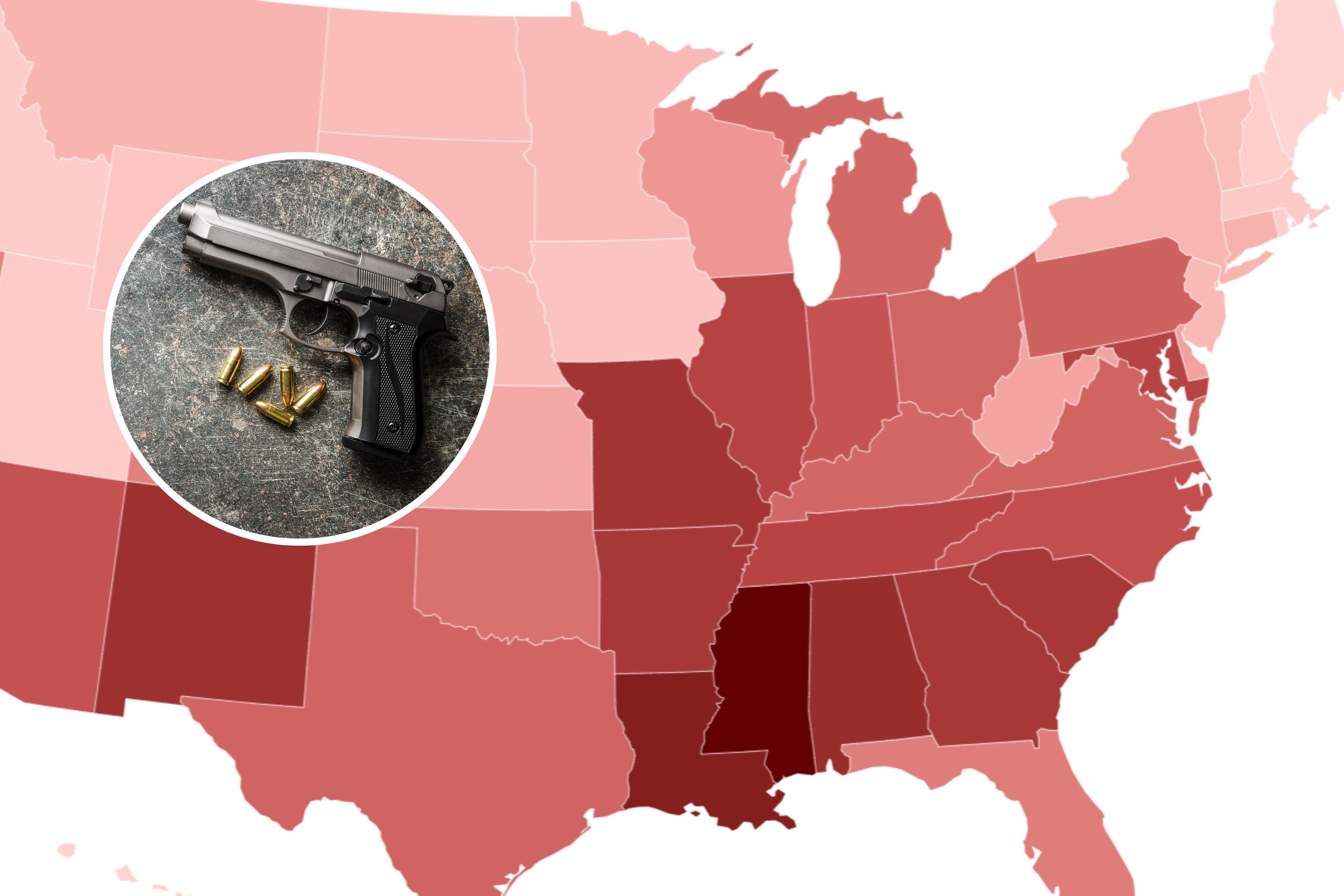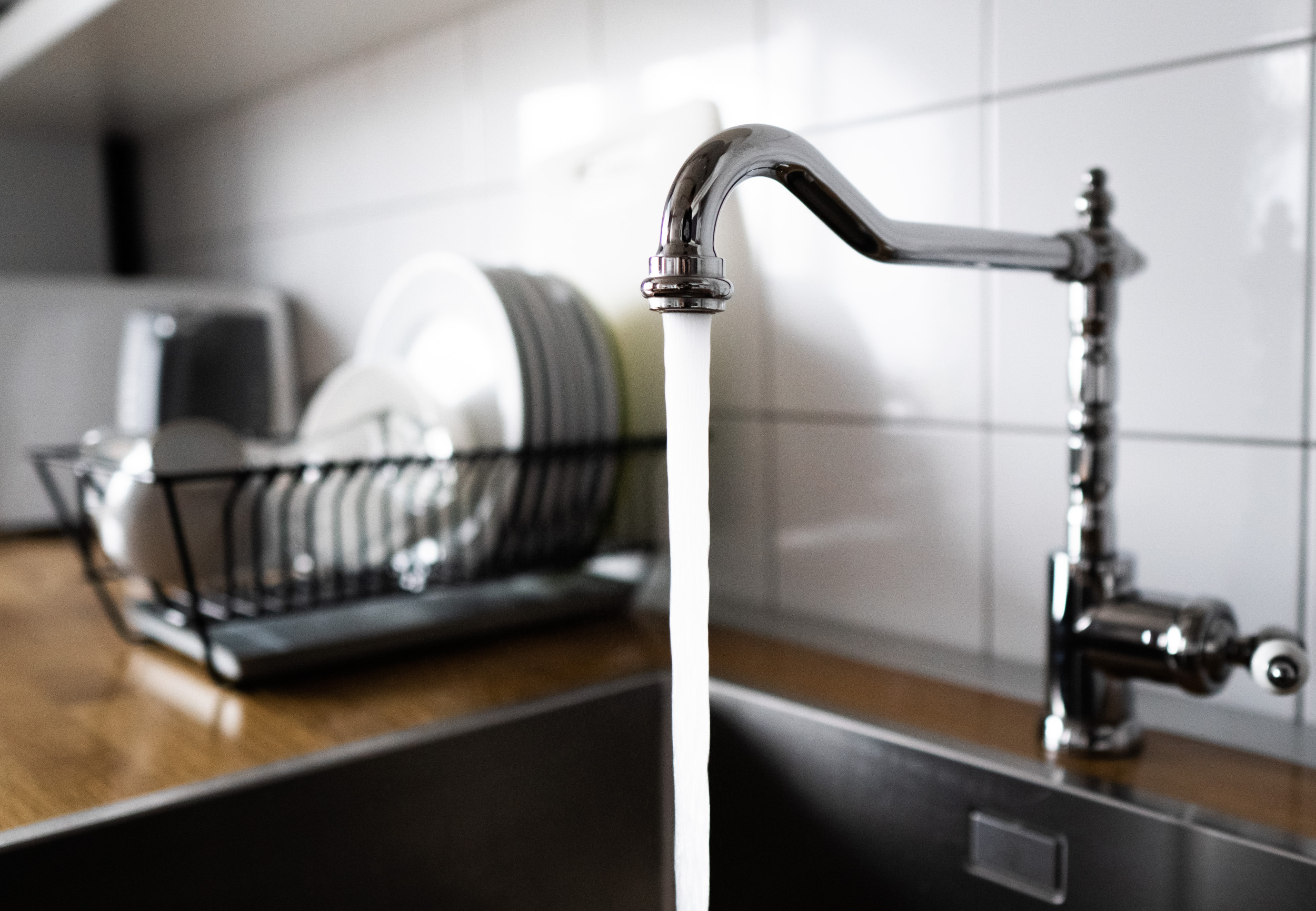A tortoise that was shot with a pellet gun, narrowly missing its heart, has been taken to a rescue center for treatment.
Swamp Girl Adventures Reptile Rehabilitation, a nonprofit organization based in Florida, took in the injured gopher tortoise after it was found, posting pictures of the creature on Facebook on April 22.
"The bullets entered the front side of the carapace, penetrating the lung, and one actually moved past the heart, stopping near the stomach," they wrote in the caption of the post. "This tortoise is in critical condition, and prognosis is poor, but we have him stabilized and on pain medication as his condition is further evaluated."
FWC is aware of this situation... We had a recent situation with a gopher tortoise admitted for gunshot wounds. I am thankful that this is not something we see often but is a heartbreaking situation...
Gopher tortoises are large reptiles, and one of only five tortoise species native to North America, according to the U.S. Fish & Wildlife Service. They grow to lengths of between 9 and 11 inches, and can live to between 40 and 60 years in the wild, and even more than 90 years in captivity.
These tortoises spend up to 80 percent of their time inside their large burrows, which generally reach about 15 feet long and 6.5 feet deep, according to the Florida Fish and Wildlife Conservation Commission (FWC). The burrows are shared with hundreds of other species, making the tortoises a keystone species in their habitats, upon which many other species rely. When they leave their burrows, they spend their time grazing on low-growing plants.

Gopher tortoises are a state-designated threatened species in Florida, and are federally listed as threatened west of the Mobile and Tombigbee rivers in Alabama under the Endangered Species Act.
Swamp Girl Adventures Reptile Rehabilitation describes in the post how dangerous this kind of injury can be to the tortoises, as the pellet caused a large amount of damage inside its body.

"Reptiles feel pain and fear. Their carapace (shell) is made of bone and is vascular (blood vessels) and has nerve endings. The vital organs such as the lungs rest at top and run laterally both right and left of the spine, while liver stomach/intestines fill up the majority of the body cavity. The heart is nestled below the lungs near the liver and the stomach centered in the upper portion of the body. Although the carapace does work like armor to help protect the vital organs inside, it's not impenetrable or indestructible! Their bones can fracture just like our bones can, and this is painful for them just like it is for us."
They also noted that they informed the FWC about the tortoise and its injuries. The FWC website states it is against the law to kill, harass or destroy gopher tortoises, or to damage their eggs or burrows. Those found guilty of breaking the law could spend five years in prison and receive a $5,000 fine, WOFL in Orlando reported.
On Monday, Swamp Girl Adventures Reptile Rehabilitation posted an update on the 6-pound, 12-inch tortoise's condition.
"He is hanging in there and resting comfortably as his body fights to recover," they wrote.
The next big concern is if the four bullet fragments are made of lead. If that's the case and he survives the trauma from being shot, then we will also be dealing with lead toxicosis (lead poisoning) as the lead breaks down in the body."
Lead poisoning can occur in animals that have either eaten or otherwise been exposed to lead. According to Chicago Exotics Animal Hospital, lead poisoning can cause organ failure, immunosuppression and brain damage, and can lead to symptoms including muscle tremors, convulsions, diarrhea and weakness, among others.
The Humane Society of the United States estimates that about 20 million animals die from lead poisoning in the U.S. each year.
The tortoise is stable for now, but Swamp Girl Adventures Reptile Rehabilitation said they did not think they would be able to remove the pellets any time soon.
"His blood lead levels are being monitored regularly to check for any spikes or changes. Ideally, removing the pellets from the body would be an option, but unfortunately he is not stable enough for surgery, and the pellets could be unreachable and by retrieving them could cause further damage."
Do you have a tip on a science story that Newsweek should be covering? Do you have a question about gopher tortoises? Let us know via science@newsweek.com.
Uncommon Knowledge
Newsweek is committed to challenging conventional wisdom and finding connections in the search for common ground.
Newsweek is committed to challenging conventional wisdom and finding connections in the search for common ground.
About the writer
Jess Thomson is a Newsweek Science Reporter based in London UK. Her focus is reporting on science, technology and healthcare. ... Read more





